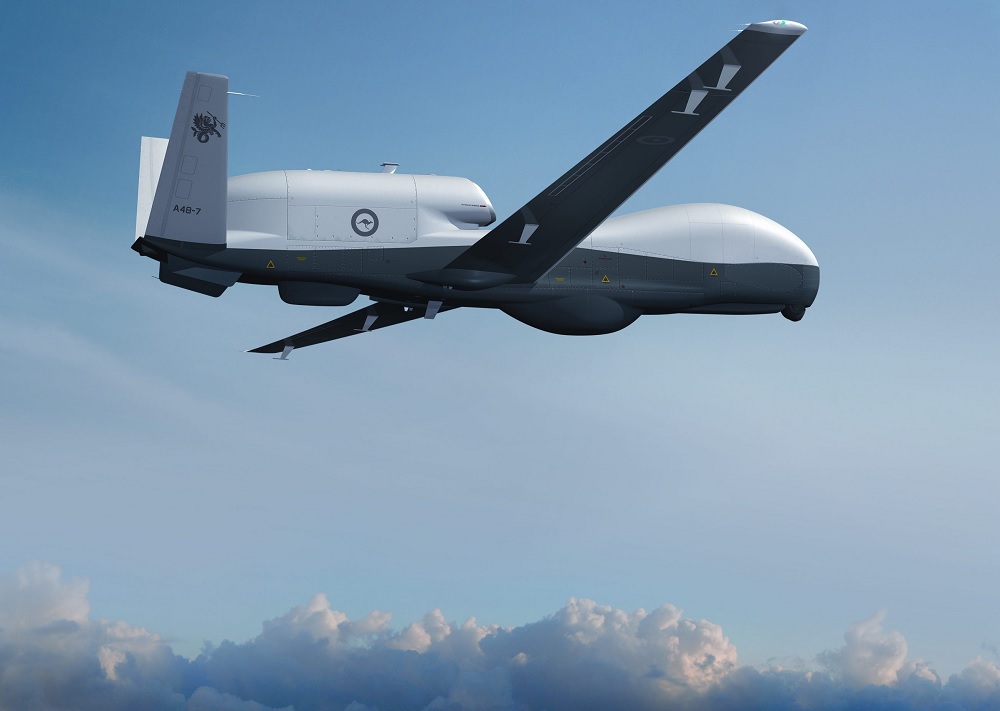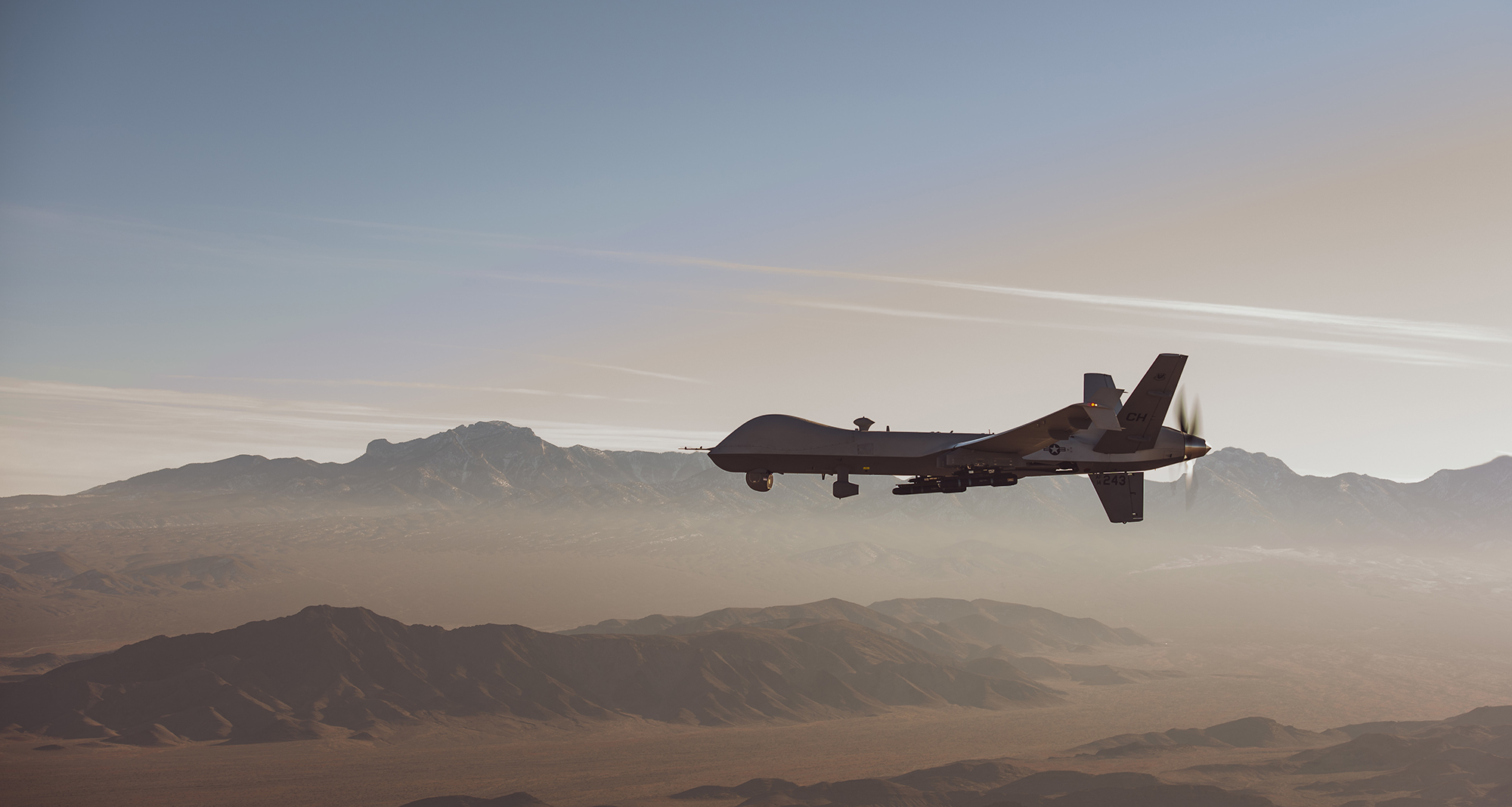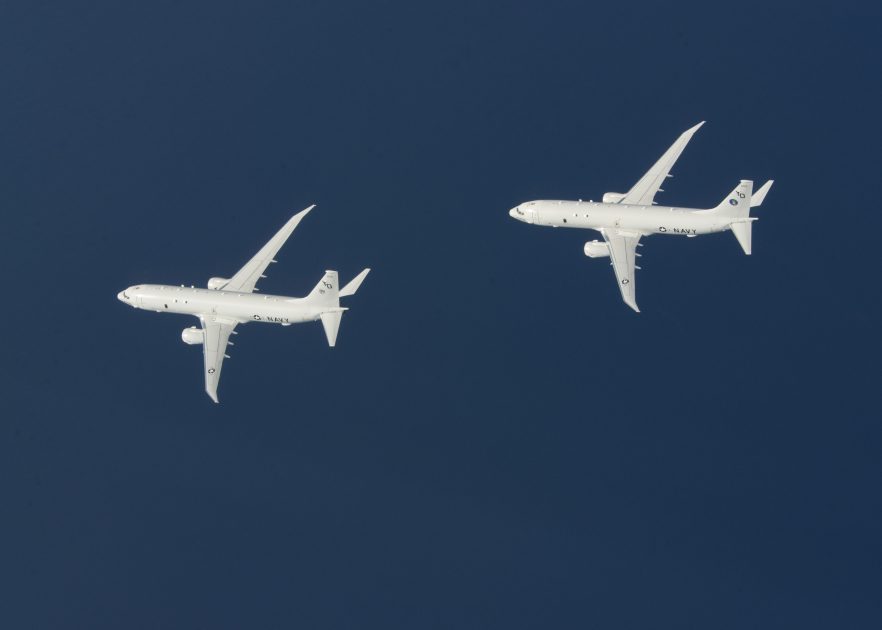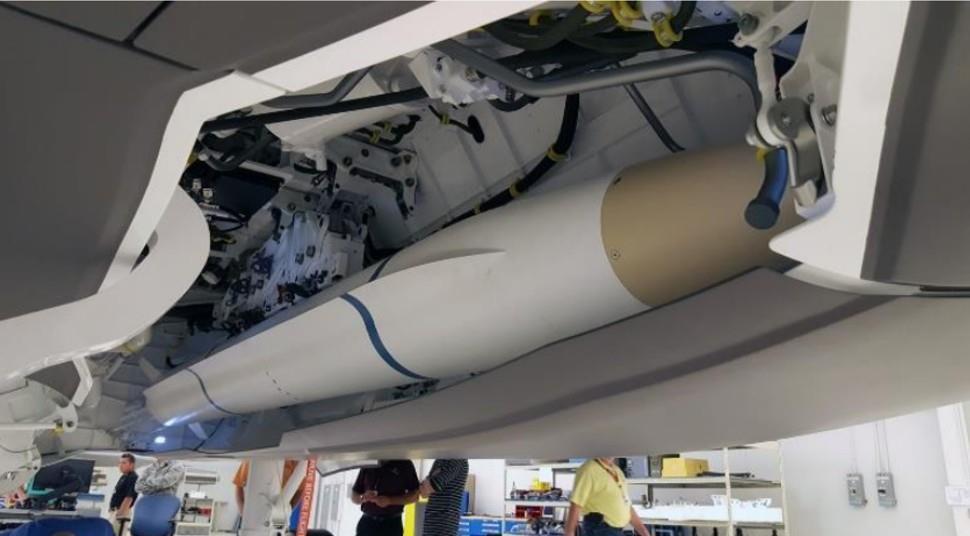Ok, cool. In future please cite as:Senior unnamed Boeing personnel is all I can offer....
Personal Comment from senior unnamed xxxx personnel SEC
where the xxxx is the organisation and SEC means that it is for security reasons.
Earth orbit is getting somewhat crowded now with Elon Musk putting his massive Starlink constellation up. Something like 12,000 satellitesI don't. In a financially constrained world spending money on three more P-8s gets us exactly nothing - especially if the RAAF decide to set up a second squadron. I'd much rather spend the money on something else that will do the Joint Force more. Even with the stand-off range of LRASM; big, fat, slow aircraft are just targets. The P-8 meets that criteria.
Spend the money on better permanent sensors - SOSUS networks across the north. Then the P-8s can be targeted. Or spend the money on sovereign RORSATs. Integrate onto F-35A. Integrate into long-range fires. Or look beyond the maritime domain - there are many holes in the Joint Force much more important than three more aeroplanes









